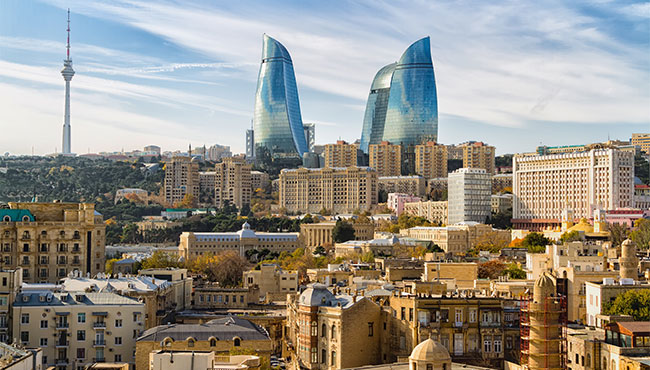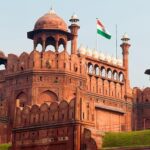When you think of Romania the first thing that comes to a lot of peoples’ minds is Transylvania and Dracula. It is true that there is plenty of myth around the infamous vampire, however Romania is much more than this one story. It is a world of quaint wooden villages, horse drawn carts, rolling fields and magnificent Churches, with a rich history of invasions, battles for land, knights and of course castles.
Driving along the winding roads through the traditional villages feels like you have driven into 18th century peasant life as you pass farmers cutting and baling hay by hand, women standing in the sun mending clothes, or families simply passing the time of day on their front steps. The rural areas of Romania feel a little untouched by the modern, materialistic world and is in stark contrast to the hustle and bustle of city life in Brasov and Bucharest. Even in the cities though, Romania still feels like you have found a place where time does not move quite a quickly as the rest of the world. The pace is slower and the people are in no rush to get things done.
Romania really has it all, from cities to the villages, to forests and lakes and everything in between but two of its more spectular features are the fortified Churches and Castles. The immense Fortified Church of Prejmer is one of the best preserved in Europe and it has been painstakingly restored over many years to its current condition. The Church itself is modeled after the Churches in Jerusalem and is built in the style of the late Gothic churches in the Rhineland. Surrounding the Church are massive defensive walls which were also home to villagers in times of trouble. It is an awe inspiring structure and most definitely worth a visit.

Another wonderful Fortified Church is in the village of Viscri. The Church was built around 1100 and is very different to the imposing structure at Prejmer. It definitely has a more rural feel but is no less beautiful. Viscri Village is one of the best examples of traditional Romania life and because of this, in 2006, the Prince of Wales, bought and restored houses in the village to help protect the unique way of life and promote sustainable tourism. It is beautiful little village that you can wonder around and enjoy the sights and sounds and even a cup of tea in the back garden of one of the residents if you fancy it!
Making the move from Churches to Castles is no less exciting! The castles in Romania are spectacular and range from the creepy, Gothic Bran’s Castle- better know to many as Dracula’s Castle to the mystical Peles Castle. Bran, meaning gate, was originally a fortress, built to defend the Southeastern border of Transylvania from the Cumans and Pechenges around 1211. It was only in the 15th century that the castle became connected to the infamous Vlad Tepes, also known as Vlad the Impaler or Dracula. Perched on a hill top overlooking the surrounding lands, it is very easy to imagine the blood thirsty Vlad stalking the walls looking down on his potential victims.

Peles Castle on the other hand is a stunning fairy tale castle. If you have ever wondered where the idea for the castles of our fairy tales originated, I believe you just have to take one look at Peles Castle and your question is answered. With its turrets, statues, landscaped gardens and opulent interiors, this castle bring fantasty of Sleeping Beauty’s Castle to life. it is simply magical, and not to sound too cliched, that really sums Romania up. it is a truly beautiful country and one that everyone should experience.
Explore Romania and Bulgaria on Tucan Travel’s Adventure Tour, the Transylvania Tale.
About the Author: Sarah is Africa Destination Manager for Tucan Travel. She has travelled independently and on group tours through Central America, Africa, North America, Asia and Europe. You can find her on Google+ or read her other contributions here.
Spread the love



